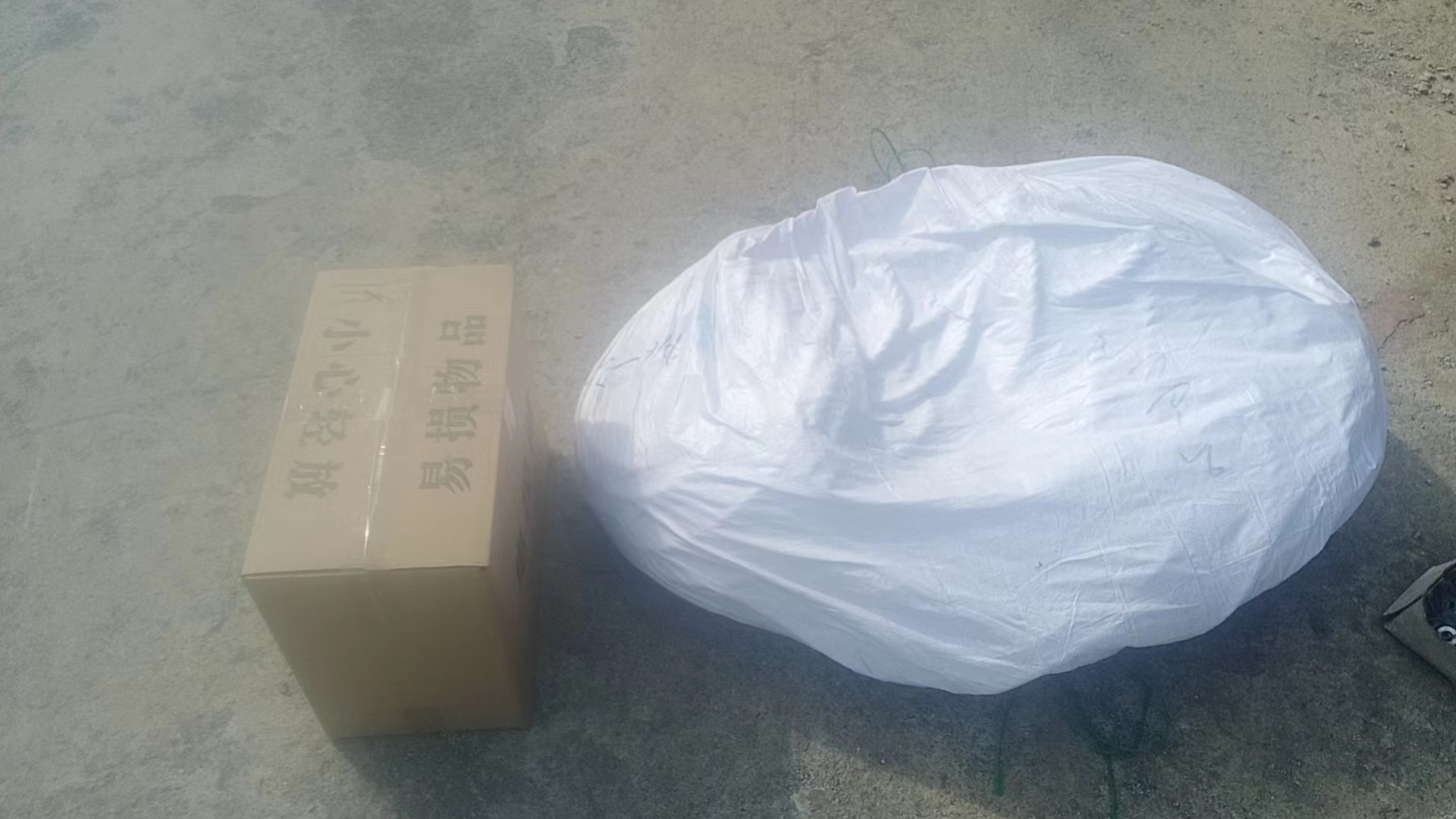Efficient Layer Cage Systems for Poultry Farms to Enhance Egg Production
Sep . 28, 2024 18:18 Back to list
Efficient Layer Cage Systems for Poultry Farms to Enhance Egg Production
The Rise of Layer Cages in Poultry Farming
In recent years, the poultry farming industry has undergone significant changes, particularly regarding the housing and management of layer hens. Layer cages, also known as battery cages, have become a prevalent method for housing hens that are raised for egg production. This article explores the benefits, challenges, and ethical considerations associated with layer cages in poultry farming, aiming to provide a comprehensive understanding of this practice.
What Are Layer Cages?
Layer cages are enclosed structures designed to house hens in a manner that optimizes space and productivity. These cages are typically arranged in tiers, allowing farmers to keep a large number of birds within a relatively small footprint. Each cage generally accommodates several hens, providing enough space for them to stand, turn around, and access food and water. The key objective behind this design is to maximize egg production while minimizing operational costs.
Benefits of Layer Cages
1. Increased Production Efficiency Layer cages enable farmers to manage a high density of hens. This increased density leads to higher egg production rates per square meter compared to traditional housing systems. The controlled environment within these cages helps optimize the health of the hens, resulting in a more consistent and efficient egg-laying cycle.
2. Disease Management One of the primary advantages of layer cages is the ease of disease management. By keeping hens confined in controlled spaces, farmers can minimize contact with pathogens that can be transmitted from feces, other birds, or the surrounding environment. This controlled setup often results in lower mortality rates and reduced antibiotic use, ultimately benefiting the overall health of the flock.
3. Resource Efficiency Layer cages facilitate efficient use of resources such as feed and water. Automated feeding and watering systems can be easily installed, ensuring that hens receive the right amount of nutrients without waste. The systematic collection of eggs is also made simpler, resulting in lower labor costs and higher productivity.
poultry farm layer cage

4. Space Utilization In a world with increasing agricultural land constraints, the vertical design of layer cages allows for the optimal use of available space. Farmers can house more hens in a smaller area, which is particularly beneficial in urban or peri-urban settings where land is limited.
Challenges and Ethical Considerations
Despite their benefits, layer cages have faced significant criticism from animal welfare advocates. Critics argue that these systems can lead to poor living conditions for hens, as the confined quarters limit their natural behaviors. Hens are social creatures that thrive in environments where they can move freely, perch, and engage in dust bathing. The restrictions imposed by layer cages can lead to stress, frustration, and behavioral issues such as feather pecking.
Furthermore, regulatory changes in various regions are pushing for alternative housing systems that allow greater freedom for hens. Enriched cages, which provide additional space and amenities like nesting boxes and perches, have emerged as a response to these concerns. While these systems offer a compromise, they still raise questions about the ethical implications of keeping hens in confinement for egg production.
The Future of Layer Cages
As the demand for egg production continues to rise, the poultry industry faces the challenge of balancing operational efficiency with animal welfare. Many farmers are beginning to explore innovative housing systems that align more closely with consumer preferences for ethically produced eggs.
The future of layer cages in poultry farming may see a transition toward more welfare-friendly designs, incorporating technology and practices that promote the health and well-being of the hens. This shift will not only satisfy consumer demands but also ensure that the industry can sustainably meet global egg production needs.
In conclusion, while layer cages have become a popular method for housing layers, their future will depend on the industry's ability to adapt to changing societal values regarding animal welfare. As farmers and researchers work together to innovate, the poultry farming landscape will likely evolve into a more humane and responsible practice. The ongoing dialogue about the best ways to raise hens will shape the industry's direction for years to come.
-
Hot Sale 24 & 18 Door Rabbit Cages - Premium Breeding Solutions
NewsJul.25,2025
-
Automatic Feeding Line System Pan Feeder Nipple Drinker - Anping County Yize Metal Products Co., Ltd.
NewsJul.21,2025
-
Automatic Feeding Line System Pan Feeder Nipple Drinker - Anping County Yize Metal Products Co., Ltd.
NewsJul.21,2025
-
Automatic Feeding Line System - Anping Yize | Precision & Nipple
NewsJul.21,2025
-
Automatic Feeding Line System - Anping Yize | Precision & Nipple
NewsJul.21,2025
-
Automatic Feeding Line System-Anping County Yize Metal Products Co., Ltd.|Efficient Feed Distribution&Customized Animal Farming Solutions
NewsJul.21,2025






